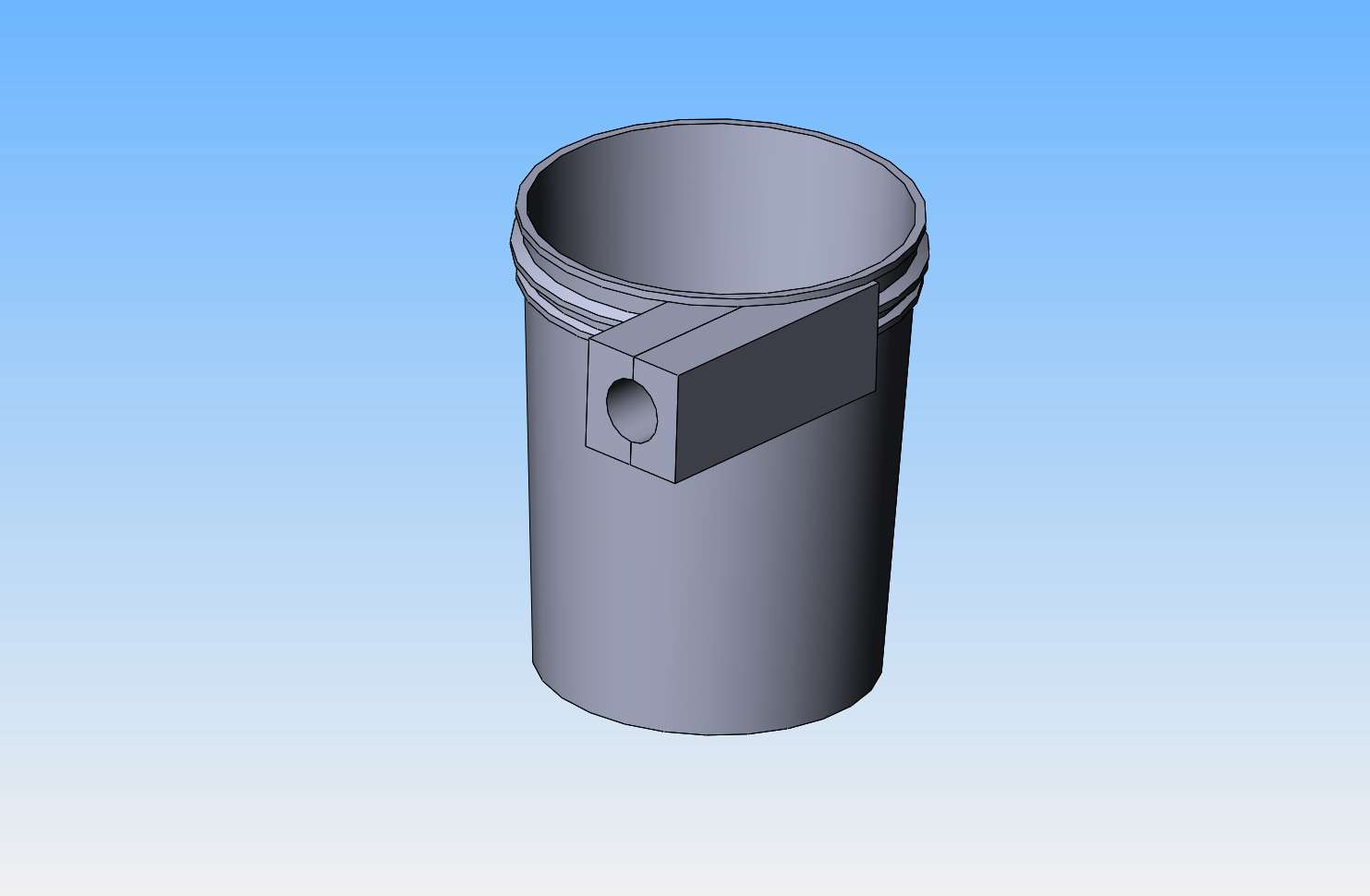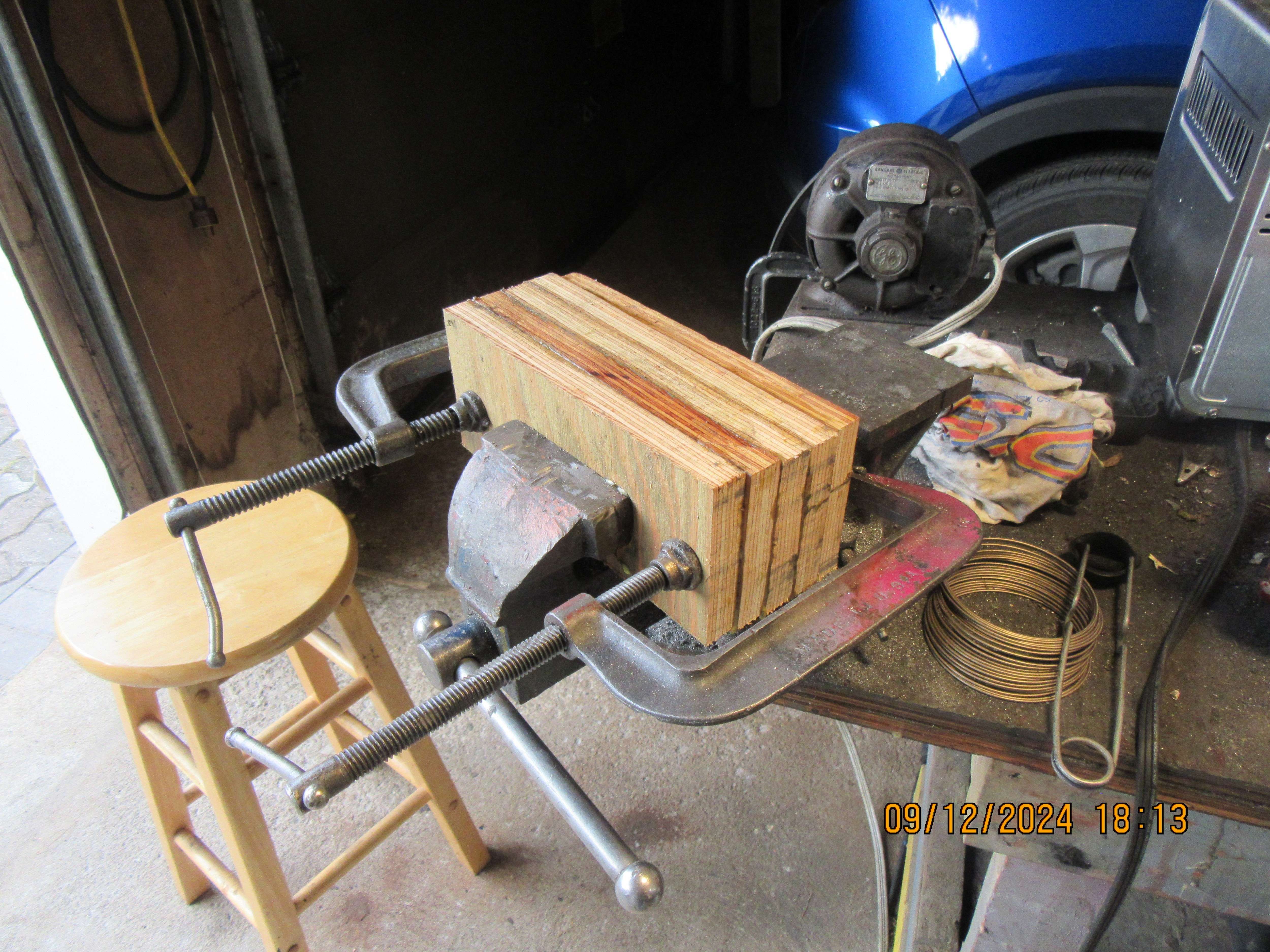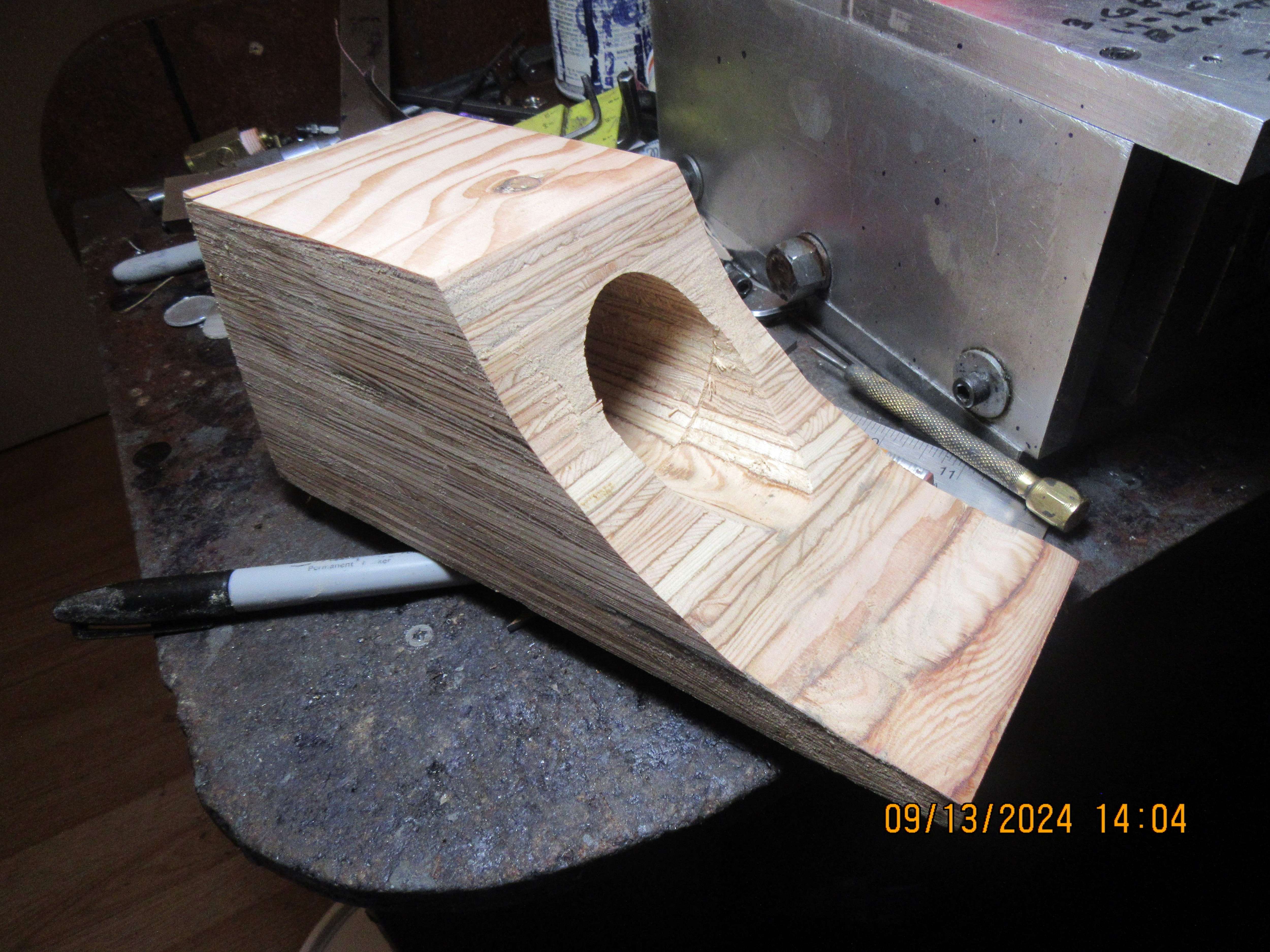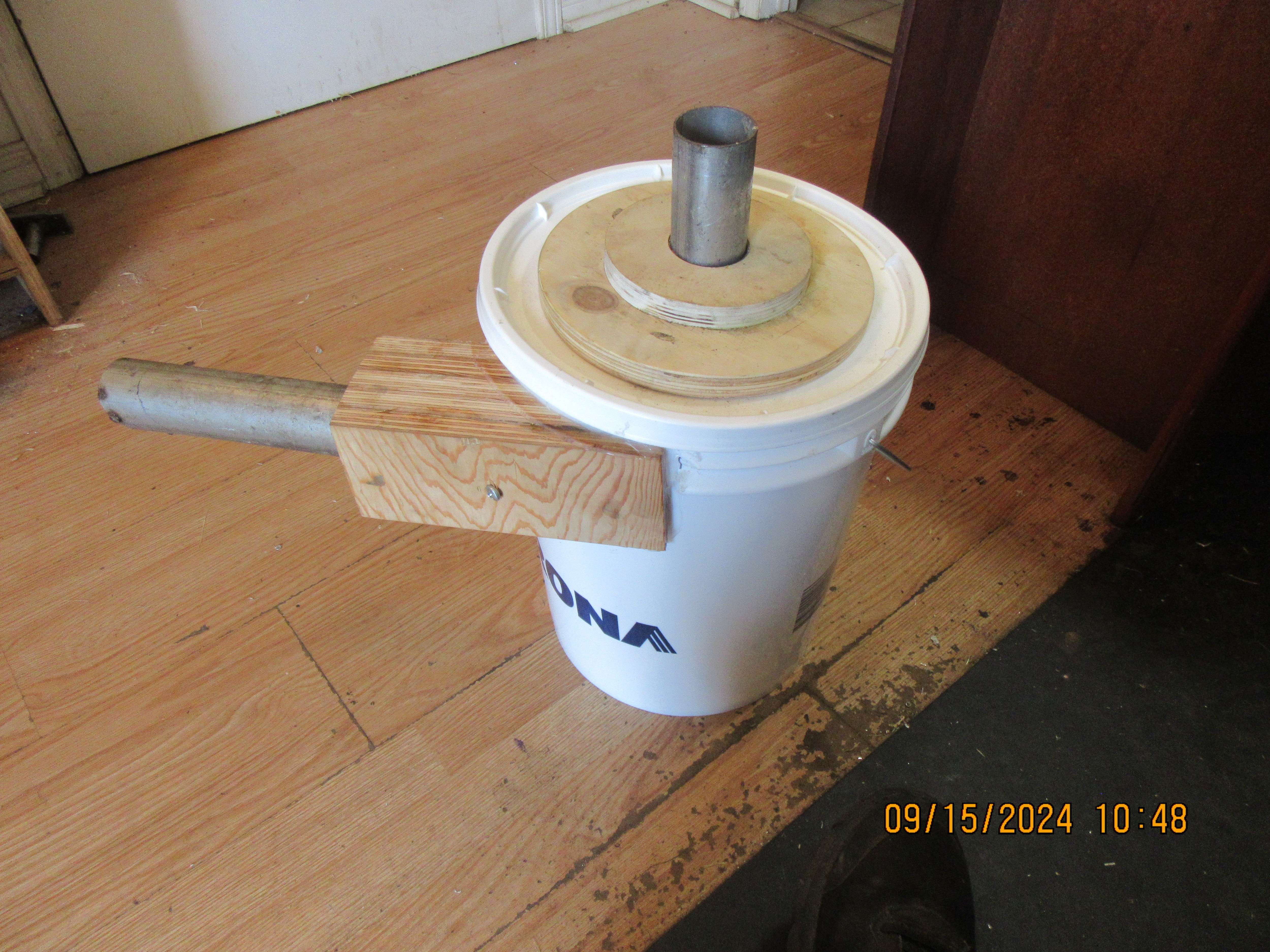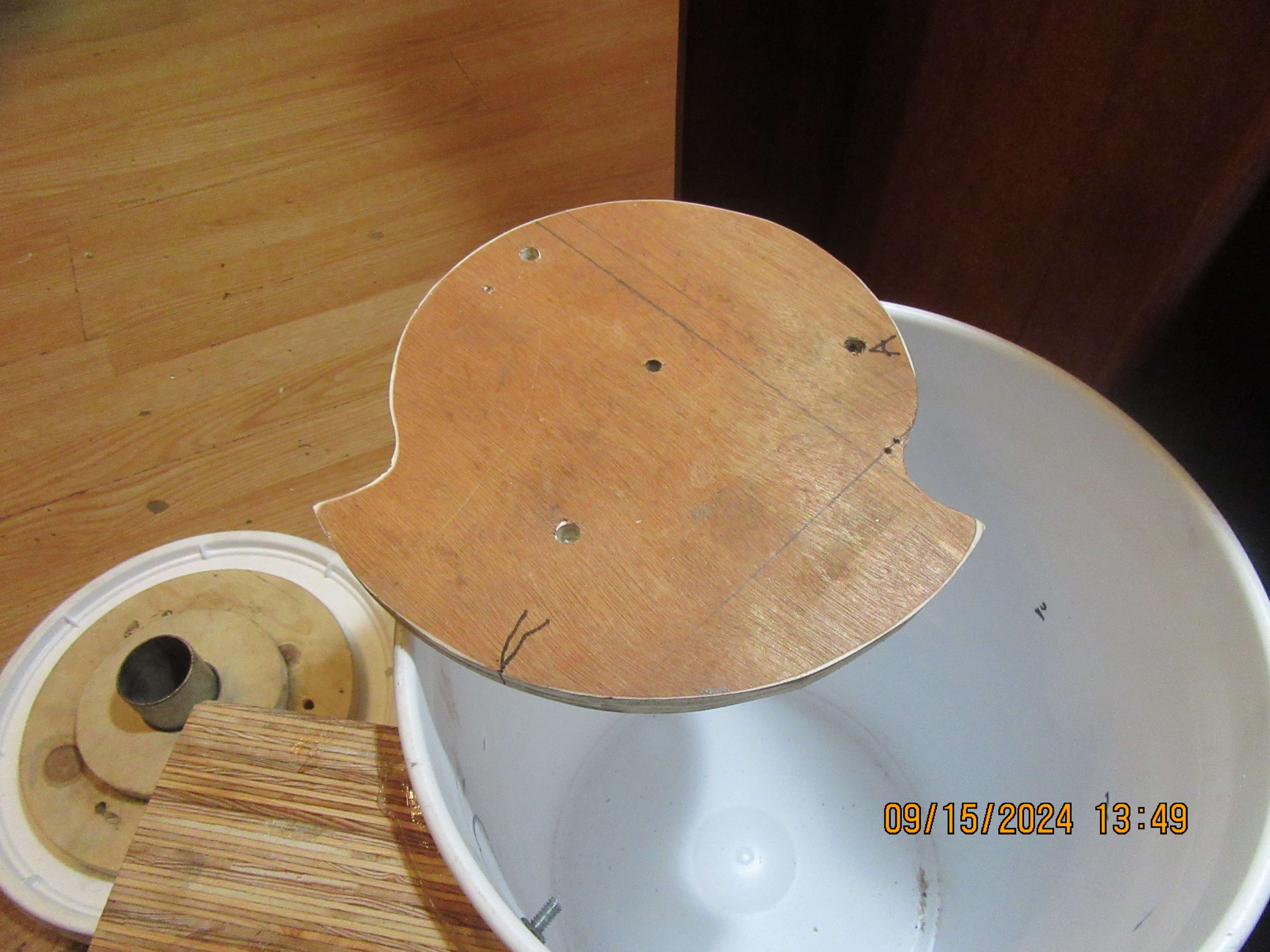As part of my sandblaster build, I am building a cyclonic dust collector system. When I am using the sandblaster, hi pressure air is forced into the cabinet to carry the blasting sand to strip any parts I have in the blaster cabinet. This requires that there be a vacuum line connected to the cabinet to carry away this extra air which is now contaminated with sandblasting sand. Without a cyclone dust collector, the sand carried in this contaminated air would quickly plug up the filter on a normal vacuum cleaner. The answer to this is to have a cyclone dust collector between the sandblasting cabinet and the vacuum cleaner, to separate the sand from the stream of air. The basis for this cyclone dust collector will be a 5 gallon plastic pail, as purchased for $10 at the hardware store.
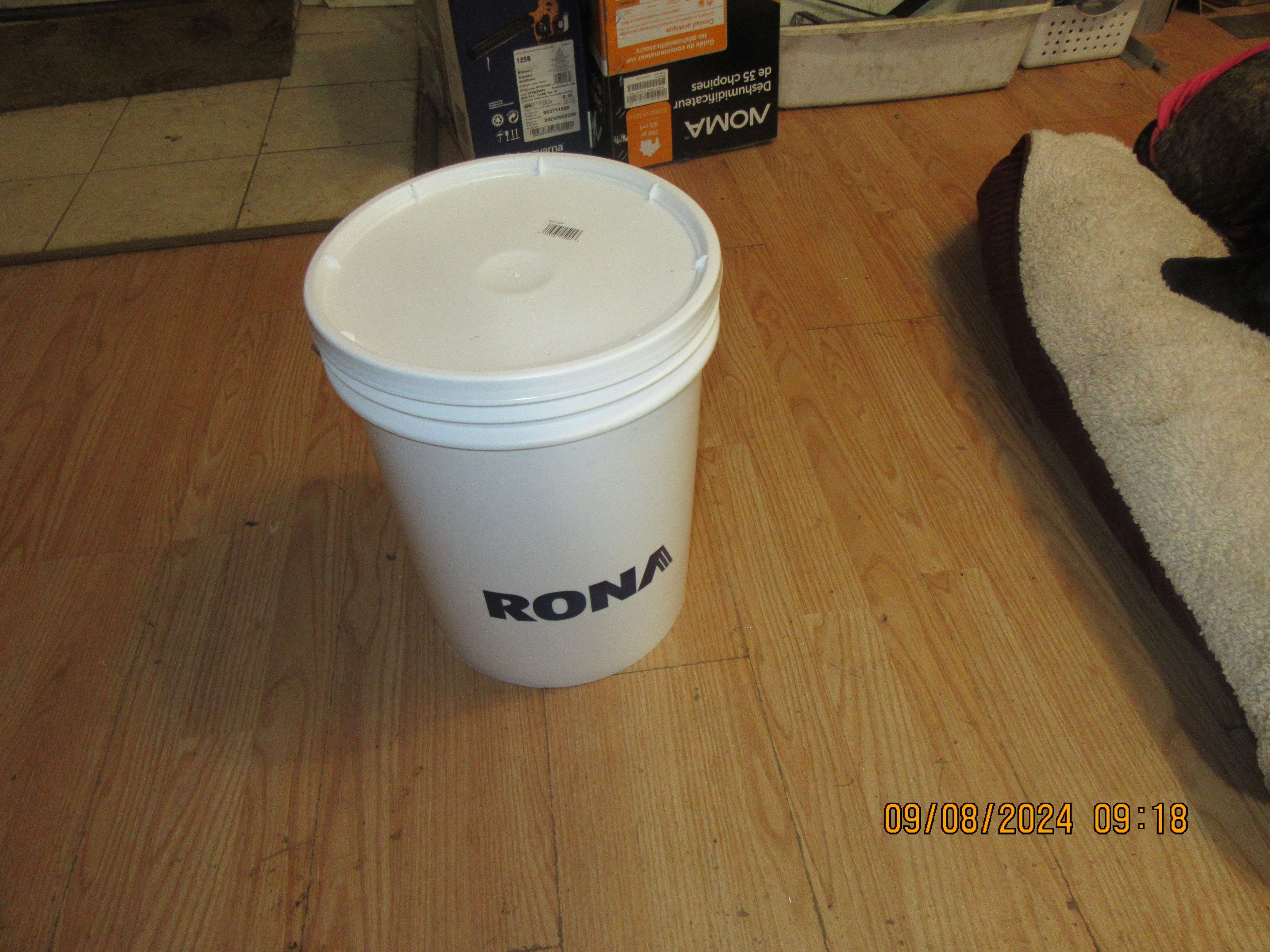






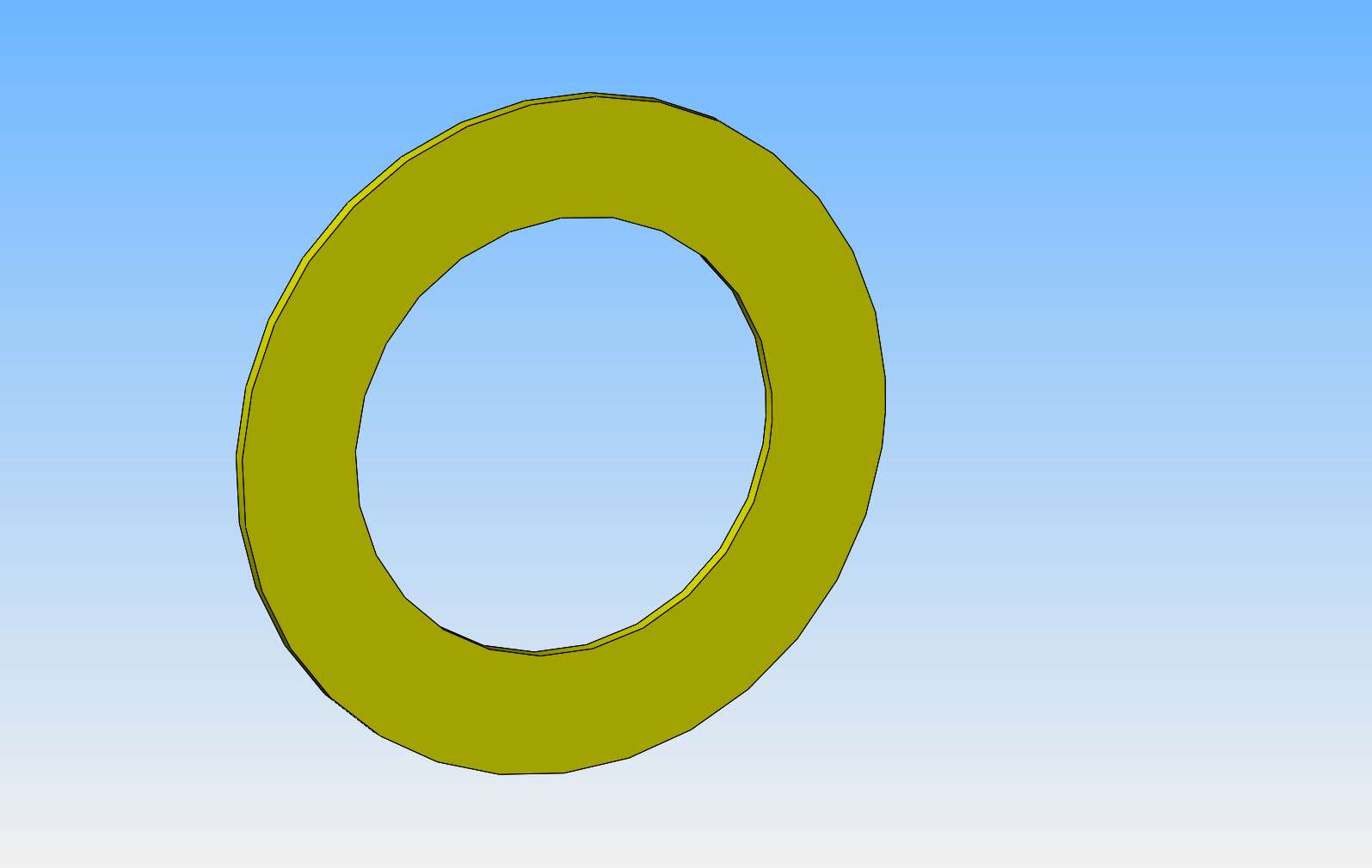




























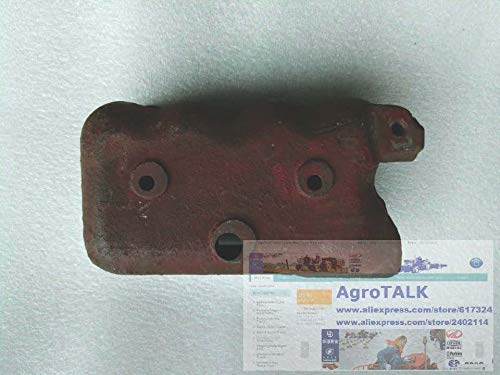





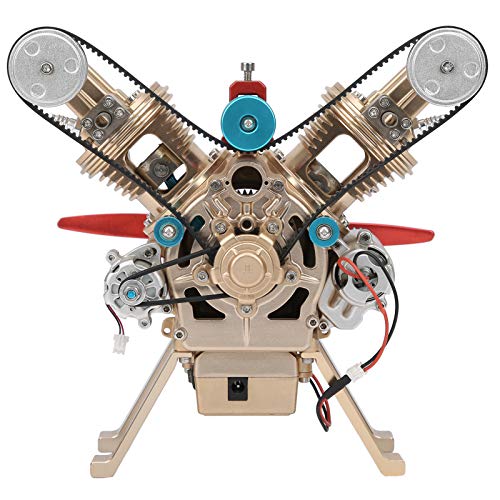









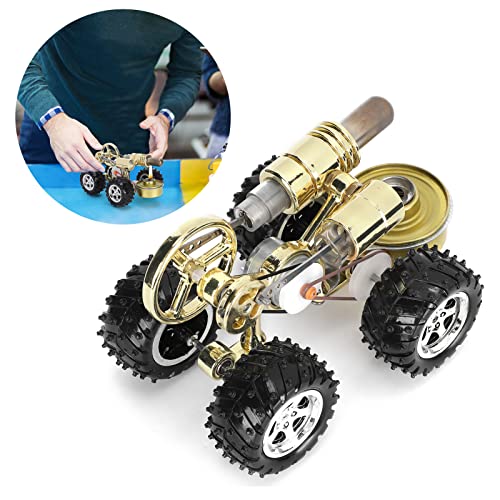








![MeshMagic 3D Free 3D Modeling Software [Download]](https://m.media-amazon.com/images/I/B1U+p8ewjGS._SL500_.png)









